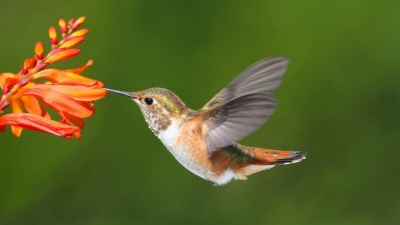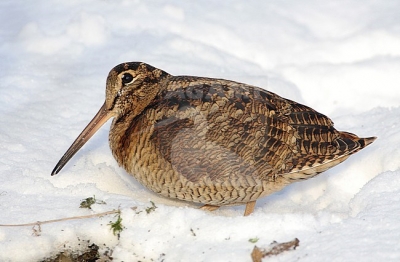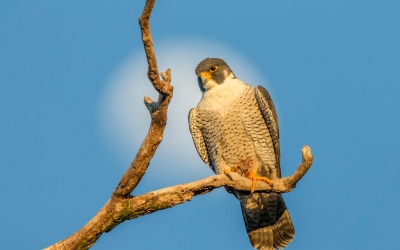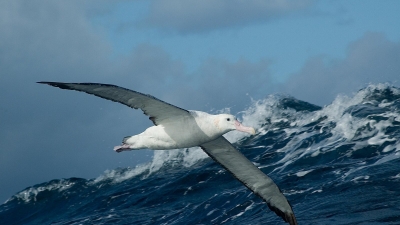Why is the Bee Hummingbird unique?

The Bee Hummingbird is the smallest bird on the planet. The males often grow only up to 55 millimetres, weighing about 1.95 grams, whereas the females grow up to 61 millimetres from beak to tail, weighing about 2.6 grams. Bee Hummingbirds are an endemic species that are found in all parts of the main island of Cuba and the many islets and islands that make up the Cuban archipelago.
Visiting more than 1500 flowers in a day, these tiny birds feed on nectar, and sometimes on insects and spiders. In this process, they pick up and transfer pollen to their beak and head. An interesting aspect about them is that they feed on the flowers without landing on them-instead, they hover in the air while feeding and as a result of this constant flapping of wings, they need to eat every few minutes. Up to 15 per cent of their time is spent eating.
The downside of being the world's smallest bird is that they are particularly vulnerable to being attacked by other species that consider them similar to insects due to their size. Because of this, they have to watch out for larger birds, mongooses, bees, wasps, frogs, fish, and even spiders. Just like most other species, human activity has also led to a decrease in their number. They are not yet considered an endangered species, but are classified as "near threatened".
Picture Credit : Google


